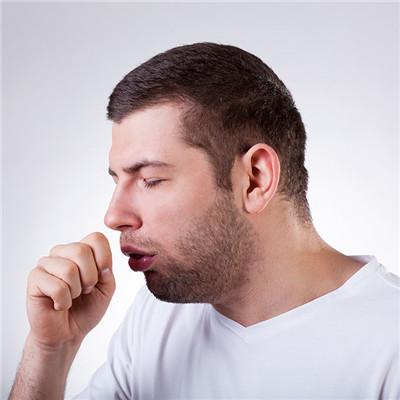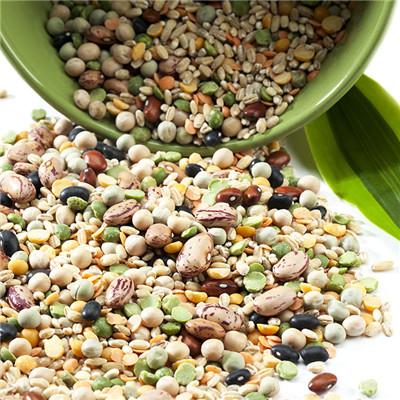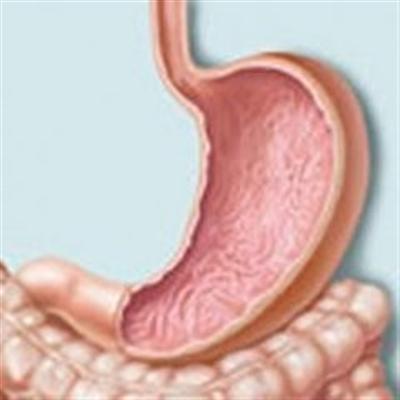Who has preexcitation syndrome?
summary
No symptoms were found in the patients with preexcitation alone. Supraventricular tachycardia is similar to general supraventricular tachycardia. In patients with atrial flutter or atrial fibrillation, the ventricular rate is about 200 beats / min. in addition to palpitation and other discomfort, shock, heart failure and even sudden death can occur. When the ventricular rate is very fast, such as 300 beats / min, auscultation heart sound can be only half of the ventricular rate on ECG, suggesting that half of ventricular activation can not produce effective mechanical contraction.
Who has preexcitation syndrome?
Pre excitation itself does not need special treatment. When complicated with supraventricular tachycardia, the treatment is the same as general supraventricular tachycardia. When complicated with atrial fibrillation or atrial flutter, if the ventricular rate is fast and accompanied by circulatory disturbance, synchronous direct current cardioversion should be adopted as soon as possible. Lidocaine, procainamide, propafenone and amiodarone can slow down the conduction of bypass, slow down the ventricular rate or convert atrial fibrillation and atrial flutter to sinus rhythm. Digitalis accelerates bypass conduction

Verapamil and propranolol can slow down the atrioventricular nodal conduction, which may increase the ventricular rate and even develop into ventricular fibrillation. If supraventricular tachycardia, atrial fibrillation and atrial flutter attack frequently, the above antiarrhythmic drugs should be taken orally for a long time to prevent attack

In recent years, due to the rapid development of percutaneous radiofrequency catheter ablation technology, the minimally invasive treatment of preexcitation syndrome can be considered first, and the vast majority of patients can be cured and achieve good therapeutic effect.

matters needing attention
The cause of preexcitation is the existence of congenital atrioventricular accessory pathway (bypass) outside the normal atrioventricular conduction system. Most of the patients had no organic heart disease. It can also be seen in some congenital heart diseases and acquired heart diseases, such as tricuspid valve depression, hypertrophic obstructive cardiomyopathy, etc.












